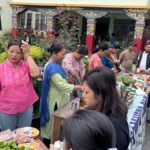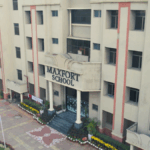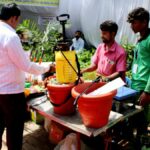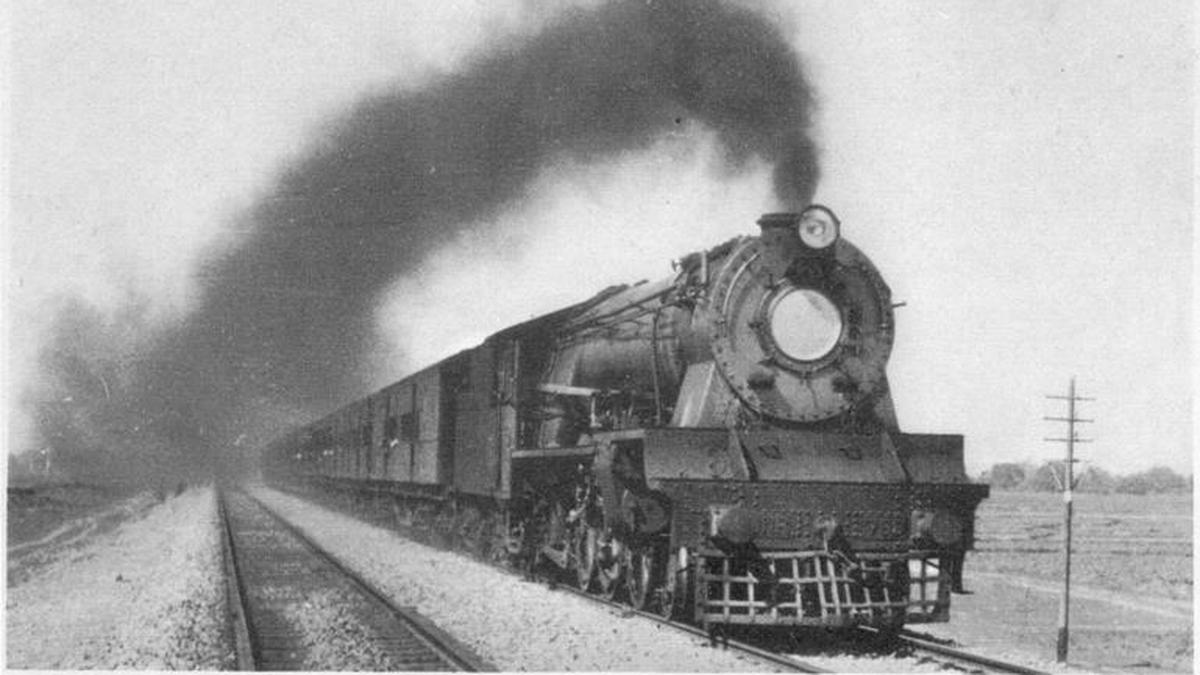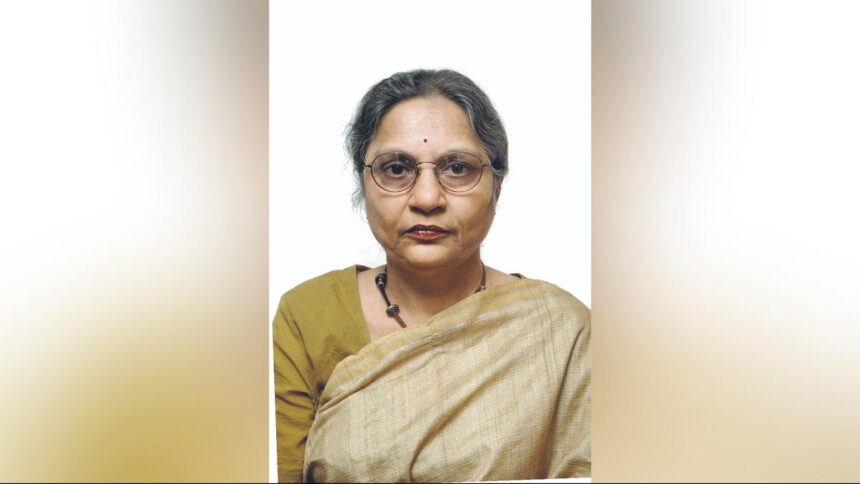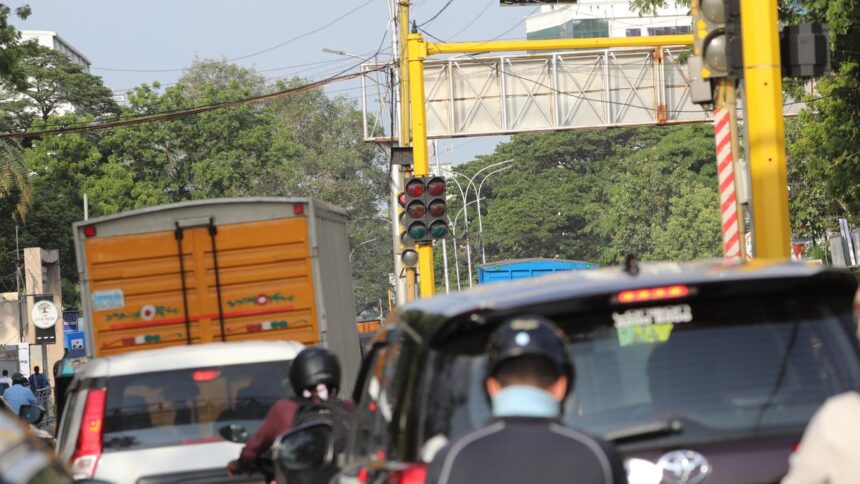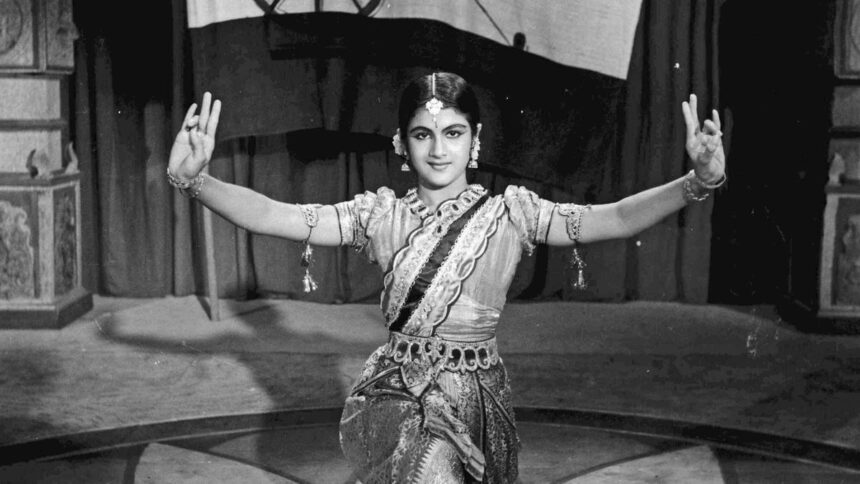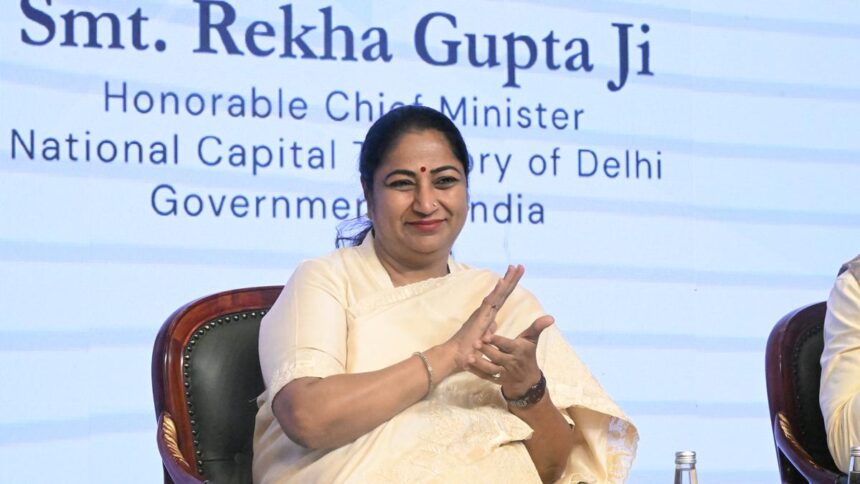
The Boat Mail took one from Madras to Mandapam camp at Dhanushkodi, and from there, one could take a boat to Thalamannar in Sri Lanka. There, a train awaited to take them to Colombo.
| Photo Credit: The Hindu Archives
Sri Lanka is among the closest foreign countries we have, and historically, we have been very involved with it. If the Cholas conquered it, the Lankan kings aligned with the Pandyas and later joined in wars on Indian soil. Of course, long before all of this was the Ramayana link, connecting locations such as Thirupullani, Rameswaram, and Dhanushkodi to the island. And then, there is Rama Setu or Adam’s Bridge.

A long association
Boats must have plied between Sri Lanka and India since time immemorial. And so, there was always a cultural exchange. The Nayanmars sang of Shiva in Thirukoneswaram and Thirketheswaram. Arunagirinatha adored Murugan in Kathirkamam. Years later, Arumuga Navalar would come to Madras to have his works published and indulge in his war against Ramalinga Swamigal. But it was the coming of the railways that really connected Madras to Colombo.
The Boat Mail took one from Madras to Mandapam camp at Dhanushkodi, and from there, one could take a boat to Thalamannar in Sri Lanka. There, a train awaited to take them to Colombo. Two accounts, both studies in contrast, give an idea of how the journey was. S. Muthiah, in his book on Spencer’s, gives us a narration of an upper class family taking the journey, replete with Spencer catering on the train, the order being forwarded by telegraph. At the other end was Avvai Shanmugam’s trip, along with his troupe. Days of waiting at Mandapam, subsisting on bad food, for a permit to arrive and then a bad steamer journey followed by a crowded train, where Sinhalese women elbowed you out of your seats.
Both narratives have one commonality — everyone was sick on the boat.
But if you wanted to be someone in the field of arts, you had to make a name in Sri Lanka. Nagaswaram artistes, singers, theatre actors, and Harikatha exponents, all made the journey. The audiences at Jaffna and Colombo were discerning and being a hit there mattered much. Nagaswaram artistes went to Jaffna and stayed on for months on end, such being the never-ending cycle of temple festivals there. In the 1970s, Maharajapuram Santhanam refined his style while teaching at Jaffna. He returned to Madras and became a top-notch singer.
There was, however, one aspect of culture on which there was no meeting point. Each watched the other’s Tamil with amazement. But Sri Lanka, particularly Jaffna, was known for its great library and wealth of Tamil. And there was another on which Madras thrived — when B.V. Keskar banned film songs from All India Radio, everyone here tuned into Sri Lankan radio and listened to what they were missing.

A filmy collaboration
Sinhala films were made in Madras for years, between the 1940s and 1950s. Madras technicians went over after that to mentor and monitor film making there until legislation brought it all to a halt. By the 1960s, with the nationalisation of tea estates, many Indians returned to Madras. More returned when citizenship issues began to crop up. One such precious returnee was S. Muthiah, who went on to blaze a trail as the chronicler of Madras. I always felt that his heart was in Colombo.
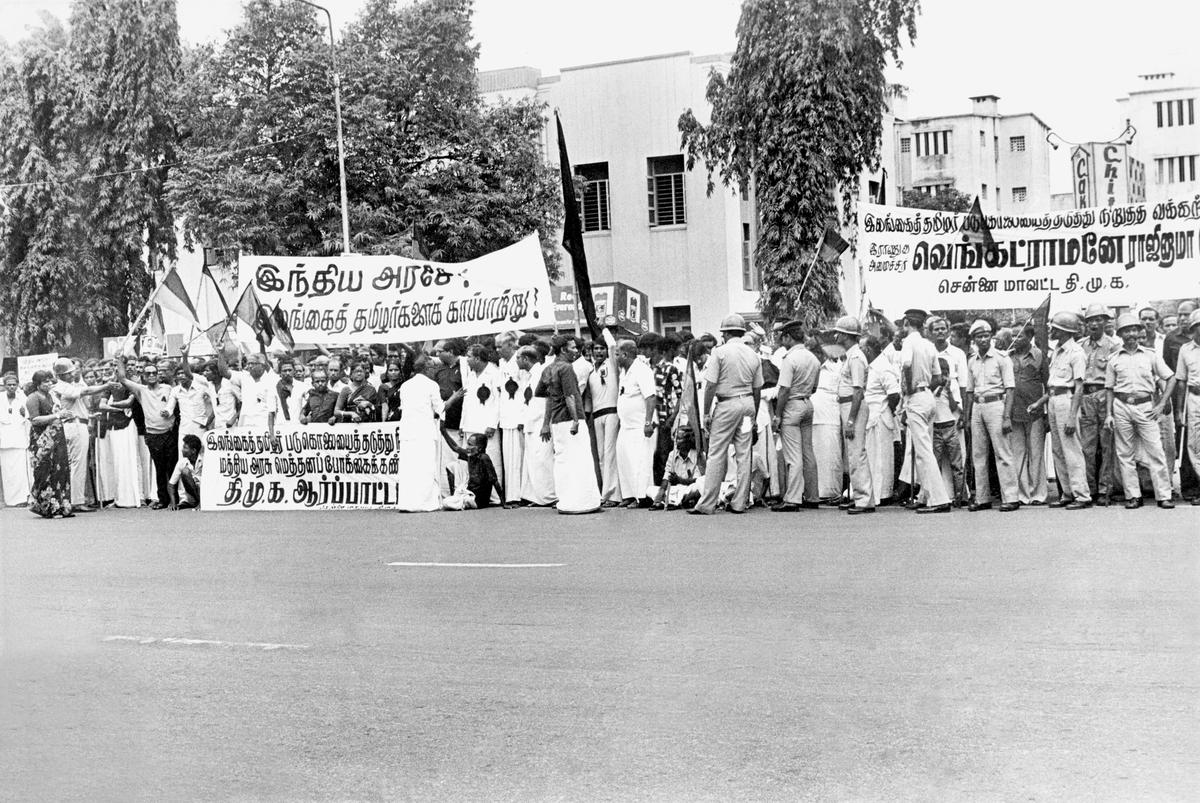
Protesters outside the Sri Lankan Consulate in Madras in August 1983.
| Photo Credit:
The Hindu Archives
The undercurrents gained strength, and in the 1980s, these would engulf Madras-Sri Lankan relations. The term Madras is significant, for it was in this metro that the political impact was felt the most. Ranging from changing attitudes with time, the assassination of a former Prime Minister and drama(tic) fasts by the beach, we saw everything. Sri Lankan happenings had a huge impact on Tamil Nadu, one of the most significant being the inflow of Tamil refugees. For years, protests outside the Sri Lankan consulate were de rigueur. The place resembled a battle zone with barbed wire and chicanes placed all over the road.
Peace has since returned and a new chapter of tourism and trade now unfolds.
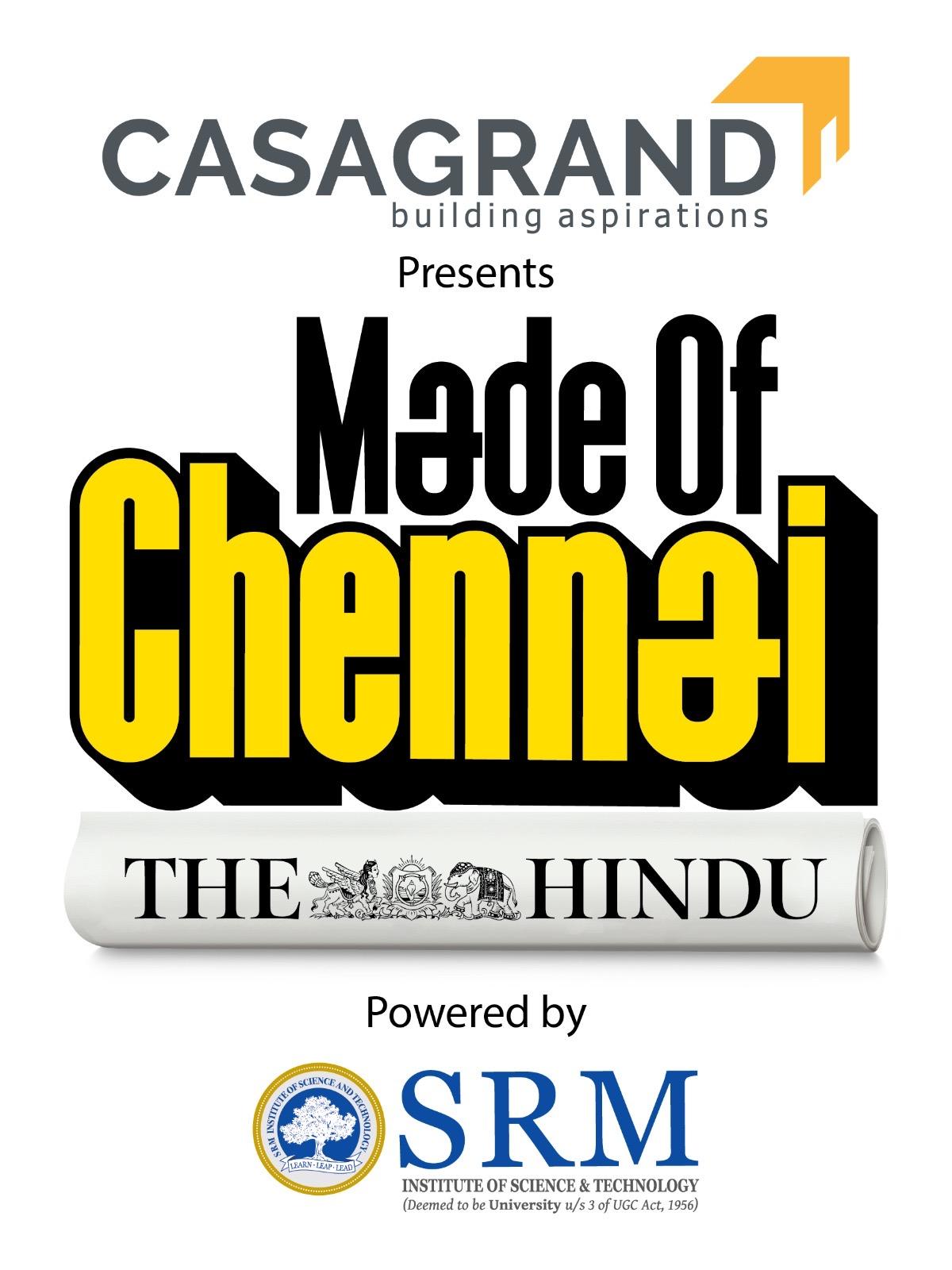
Published – August 22, 2025 07:40 am IST



